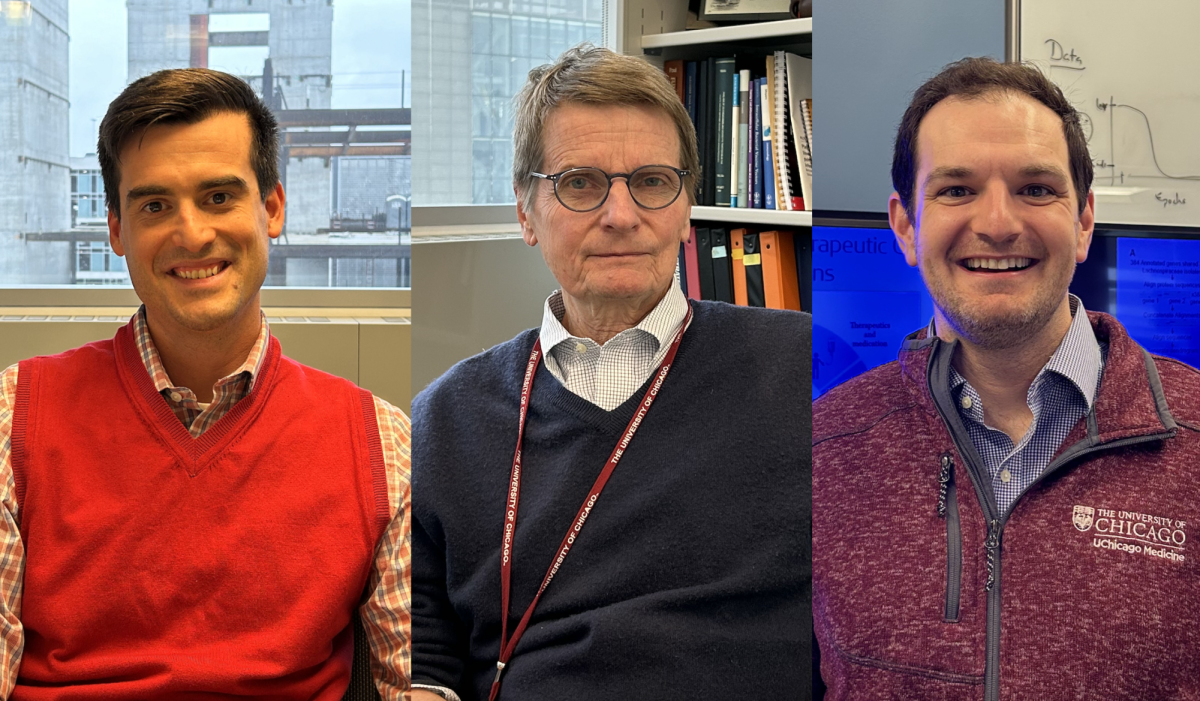On Tuesday, January 28, Provost Daniel Diermeier emailed the members of the University community to inform that the University of Chicago is temporarily closing programs in China “in light of updated travel advisories from the U.S. State Department and the U.S. Centers for Disease Control and Prevention (CDC)” concerning the recently discovered novel coronavirus, 2019-nCoV, in the Hubei Province in China. Diermeier also said that the University is “[discouraging] all travel to mainland China and Hong Kong during this period by members of the University community.”
Dr. Emily Landon, epidemiologist at University of Chicago Medicine, specializes in infectious disease. At the hospital, she spearheads a team that manages and prevents the spread of infections among patients, Landon said during an interview with The Maroon. Landon and her team have previously prepared for viral outbreaks for various illnesses. The 2019 novel coronavirus is part of an overarching family of viral disease.
“There are a number of different coronaviruses that are known to science,” Landon said. Among these are different respiratory illnesses, such as the common cold. 2019-nCoV has been compared to other global viral outbreaks in the past 20 years, most notably Severe Acute Respiratory Syndrome (SARS) and Middle East Respiratory Syndrome (MERS).
“The SARS virus and the MERS virus are two examples of betacoronaviruses,” which are coronaviruses that have origins in animals, Landon said. “We don’t know everything there is to know about the 2019 novel coronavirus yet. We’re still learning a lot.”
2019-nCoV is predicted to have a mortality rate of three percent, lower than SARS’s mortality rate of 15 percent and MERS’s of 30 to 40 percent. However, this estimation is rather vague. Landon told The Maroon that the number of confirmed cases and deaths are underestimated since many infected individuals in Wuhan and other parts of China have not been tested.
According to Landon, 2019-nCoV “appears to be far more transmissible from person to person than either of [SARS and MERS].” “There have been some alarming reports about the potential during spread during the incubation period, or asymptomatic period,” Landon added.
To treat this virus, personnel in China have been using a variety of different prevention methods. Some of the drugs they are administering are experimental and some have shown more success than others. Among these are Ribavirin, Kaletra, Remdesivir, and interferon-alpha treatment. Ribavirin is being administered because it has treated this family of viruses for a long time. The drug “appears to have some [positive] activity, and many of the patients in China are receiving ribavirin treatment,” Landon said.
Kaletra, unlike Ribavirin, “seems to work against SARS and MERS…. It’s widely available in the U.S.,” Landon said. Remdesivir has been used to treat Ebola and Marburg virus, with some experimental success. Inteferon-alpha, meanwhile, is a “very old treatment for viral disease not otherwise specified. It is often given in combination with the Ribavirin,” Landon said.
China is facing a “limited availability of testing reagents,” a limited amount of reported tests. This has led to the underestimations in infection and mortality rates. If some individuals are symptomatic, they may not have received treatment. Cases have been reported in Chicago, and Dr. Landon believes that these are not the only cases of 2019-nCoV that the city will be seeing. There is a “pretty good chance we’ll see more cases in Chicago, and I think we should be prepared for that,” she said. To limit the spread of this virus, Dr. Landon recommended taking precautions similar to those for the flu.
“Influenza is spread very much the same way that we expect this coronavirus is spreading, based on the news coming out of China.”
A misconception about this family of viral infection is that masks are an effective way to limit exposure to the virus. Masks can be helpful, but they have to be used properly, according to Landon. “The fabric masks that you see on Amazon or that you see a lot of people wearing, those aren’t very useful and don’t really do anything except keep large particles of pollen out of your mouth and nose,” she said.







